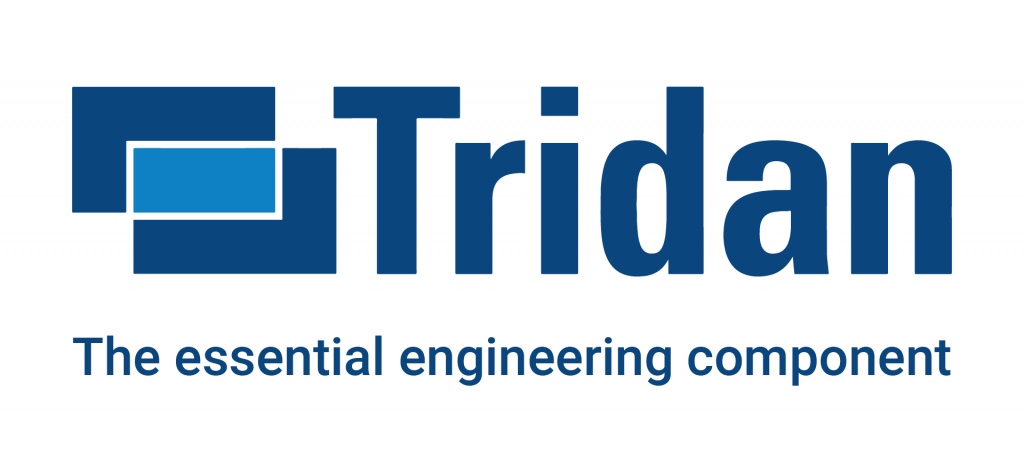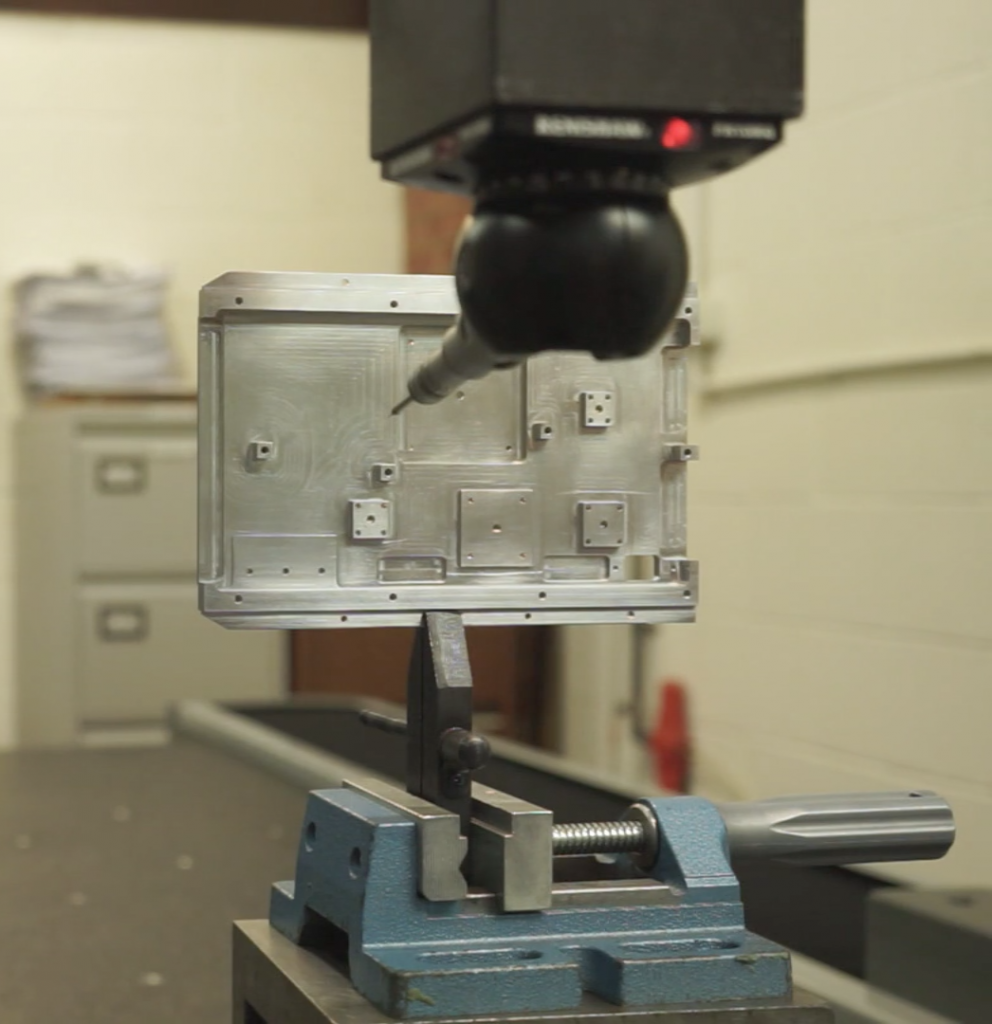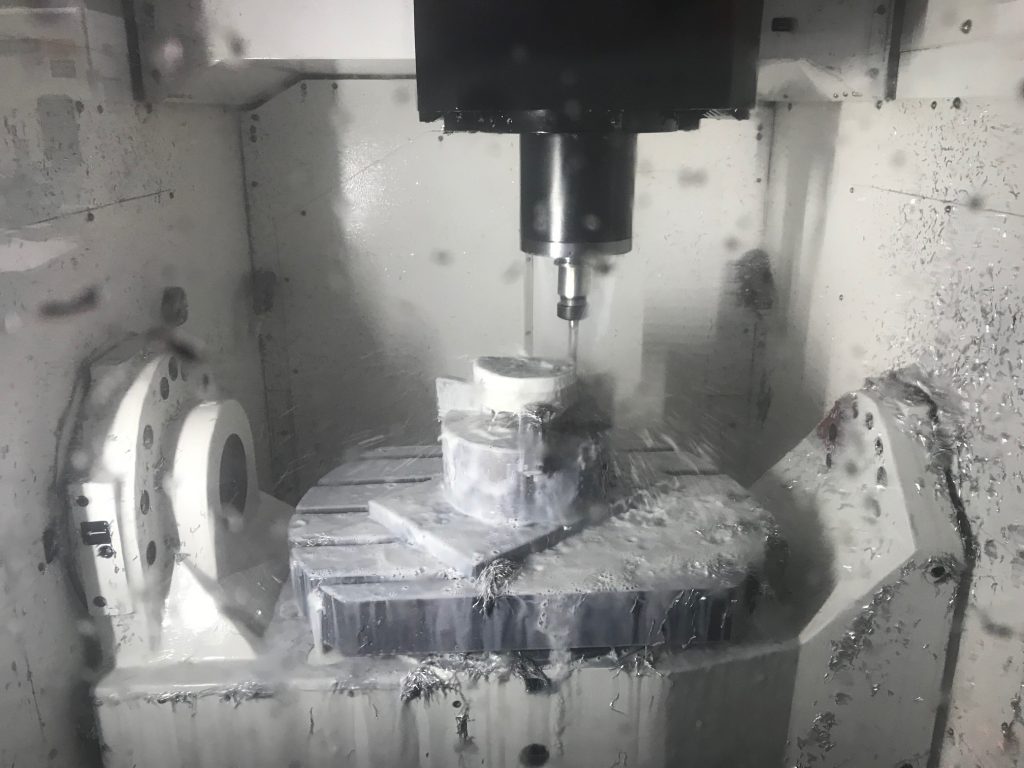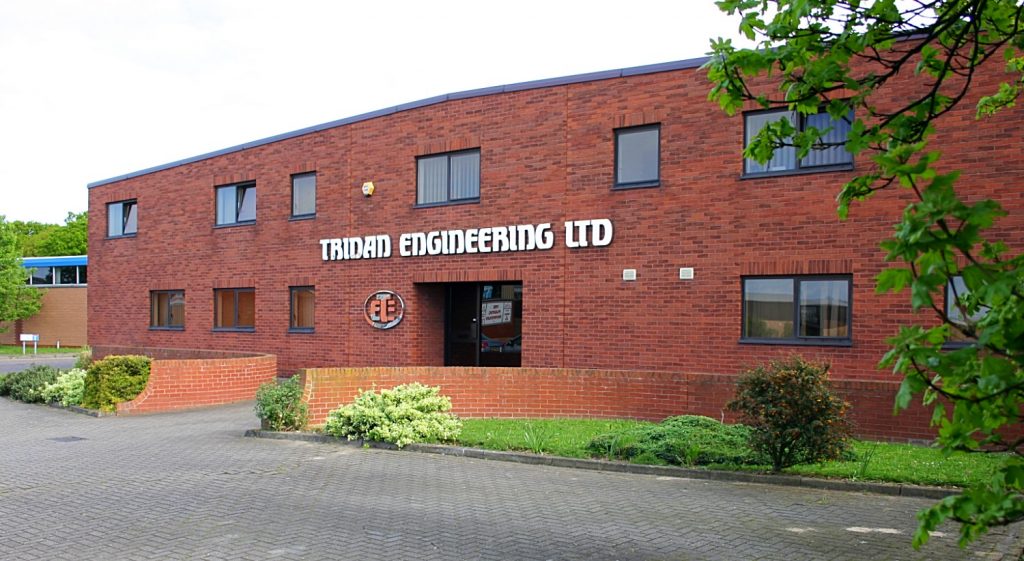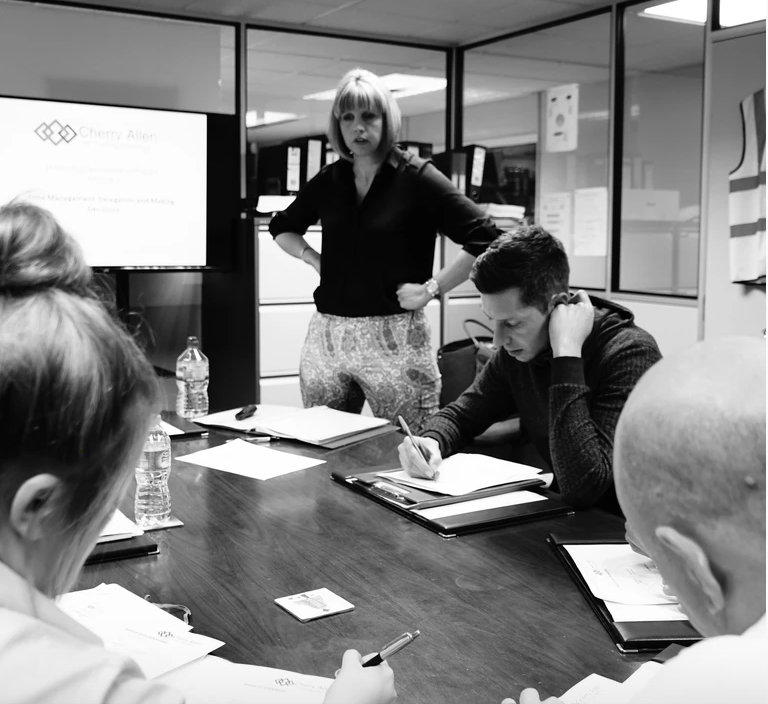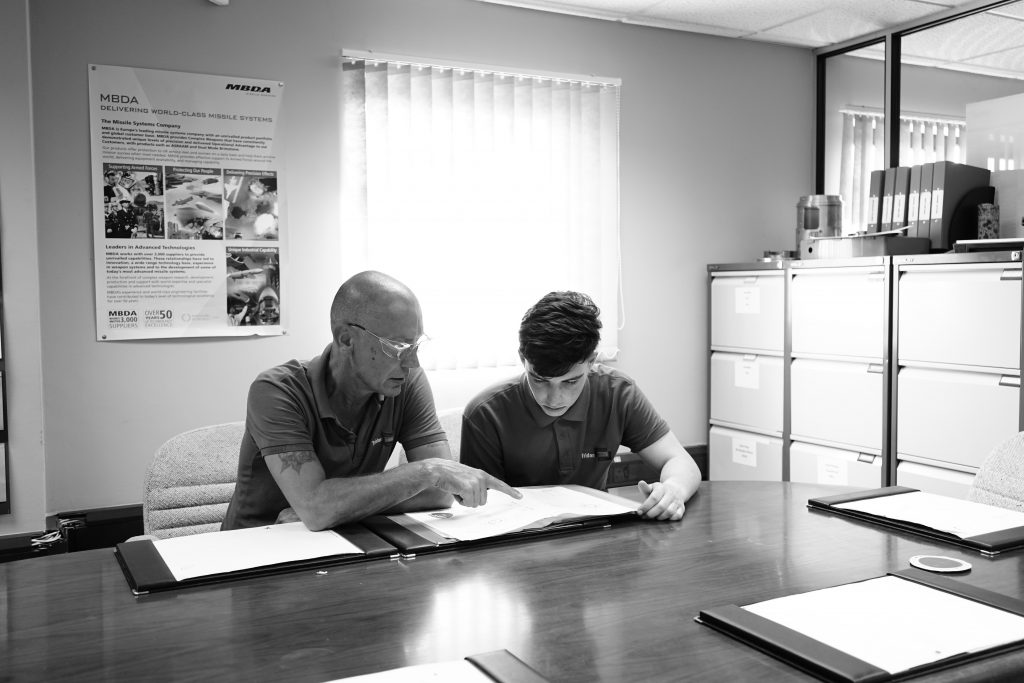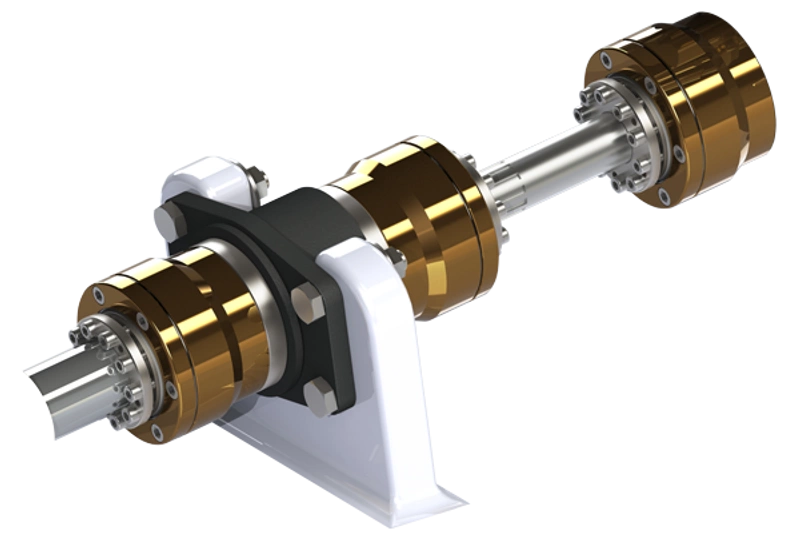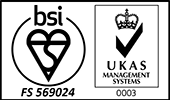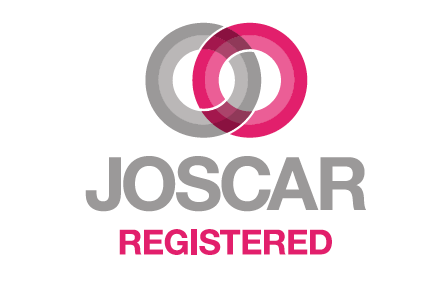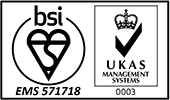The challenge
In our sixth month we ‘re looking at our inspection department and the continual improvements made.
Our Quality Inspector, Paul Vaclavik, introduces this month’s continual improvement by discussing the inspection process, first article inspection reports and how we aim to maximise production efficiency.
Everything we do is precision focused so our task was to find those small areas of improvement and showcase how they make an overall big improvement.
Next month we’ll be looking at continual improvement within our finance and production engineering departments.
Inspection at Tridan-
Maximising production efficiency
Our task in the Inspection Department involves carrying out first off inspection, to verify machine setups, in-process checks and Final inspection. Much of our work is in the Aerospace & Defence sector and our customers often require a First Article Inspection Report (FAIR) in accordance with AS9102, verifying that all drawing features are accounted for and fully comply with their specifications.
We aim to maximise production efficiency by keeping machine downtime on the shop floor to a minimum, preparing as much as possible before the parts are produced.
At the start of a project the customer drawing is imported into Inspection Xpert. This software allows us to quickly add numbered balloons to each feature. Dimensions and tolerances are captured along with grid references, specifications and drawing notes. Once complete, the information is exported to a custom Tridan template, automatically creating the FAIR report forms, ready to be populated with the measurement results.
The ballooned drawing is exported to accompany the FAIR and the character numbers used to identify the CMM results. Compared to manual methods InspectionXpert is quicker and gives us clearer, more professional results. The inspection project can be edited to incorporate design changes and the software can quickly compare new drawings against the original and highlighting any differences.
The CMM gives us the best compromise between flexibility and accuracy with the ability to measure the majority of features on a part. Offline programing, using the CAD model, allows us to write the CMM programs prior to production, maximizing efficiency and reducing waiting times for shop floor. Using a separate workstation for offline programming increases the CMM’s availability to support production and the offline seat can also be used to evaluate the results of one CMM program, while running another (further improving efficiency).
Using the same version of PC-DMIS on each PC eliminates any compatibility issues and the programs are checked, using offline simulation, to highlight any problems before the part is submitted for inspection.
The CMM report references the ballooned drawing numbers, created in InspectionXpert, making it easier and clearer to communicate the results with production and programing staff. Instructions are added to indicate any items, such as surface finish and thread forms, that couldn’t be measured on the CMM, ensuring that no features are missed. These results are added to the CMM report, ready to be transferred to the FAIR report, created earlier.
Working closely with other departments to co-ordinate our efforts, applying a methodical approach and planning ahead allows us provide the best service to the shop floor and keep our machines cutting metal, meeting Tridans goals and our customers’ deadlines.
